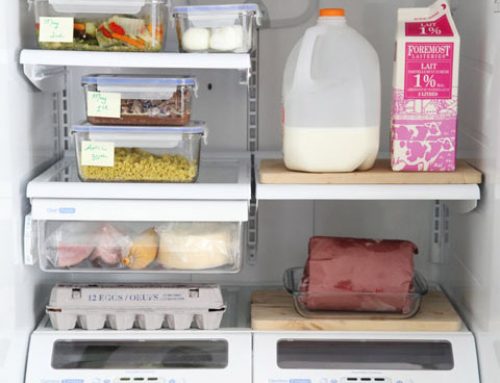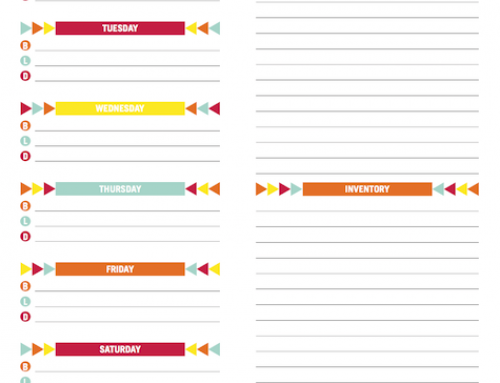My financial goal these days is to leave the grocery store without crying.
I am failing, miserably.
Grocery prices are off the chart across Canada and the impact can be seen in the increased use of food banks. A new report from Food Banks Canada found there’s a 56% increase in visits since last year and a 41% increase in new households registered. With the cost of living skyrocketing, food bank use rose to its highest level since the survey started in 1989.

Listen here:
The mixing of inflation with shrinkflation, and folding it in with greedflation is proving a recipe for disaster. Scroll down to see my TikTok on shrinkflation
I joined host Ian Hanomansing and CBC Radio on Cross Country Checkup to talk about food banks and grocery prices. I share some new and hopefully helpful tips on how to save money on groceries.
How to save money on groceries
There’s “no one size fits all” with food budgets and saving money on groceries. We’ve all got different sized households, varying dietary needs, and some of us even have teenagers – which is a mortgage payment right there. So yeah, your mileage will vary. Let’s do this.
The number one thing you can do is compare unit prices
1. Unit Pricing: The unit price is often in tiny text in the corner of the price tag. It tells you how much something costs per 100g or litre or other unit of measure. Unit prices can help you compare different brands and package sizes to get the best price. Sometimes the smallest size is a better deal than the jumbo pack, and the brand name costs far less than the generic. This is good math.
2. Store Brands: Store brands can often save you around 15-30% over brand name items. But again, check the unit prices ’cause this tiny number tells you the whole story.
3. Watch the price scanner: The Retail Council of Canada has a voluntary code called The Scanning Code of Practice. The code is often displayed at the store’s entrance, on the till, or on the arm rest thingy where we put our wallets. The code says if an item scans incorrectly and it’s under $10 then you get it free.
How to use the Scanning Code of Practice to score free groceries
This code was created BEFORE self-checkout, so watch your scanner for mistakes and be sure to get the right price. Be kind to the cashier – it’s not their fault something scans incorrectly. Just go to customer service to get your discount.
4. Food Waste: We can’t control food prices, inflation or shrinkflation, but we can have more control over our food waste. Canadian households on average waste over $1,300 per year. That’s $108 a month, $25 a week, or $3.50 a day. Our fridges are filled with good intentions, but too many of us throw a large part of our groceries away..
To prevent food waste, just put your leftovers in a glass bowl front and center in your fridge and dedicate one day a week as a leftover day.
On the Cash and Kerry Podcast I did an entire show on food waste, adeptly called: How to reduce food waste. It’s a popular episode.
5. Protein: The cost of meat is just bonkers now, so switching to beans and legumes can help. One meat alternative is Textured Vegetable Protein – it’s a gluten-free, low-carb soy flour. There are 13 grams of protein in a 25 gram serving so this is good math.
6. Loss Leaders: At the end of every grocery aisle there’s often an item on sale for a screaming deal. It’s likely a loss leader – a product sold for a lot less to attract customers. If it’s a product you’ll use, it’s probably a good idea to get it. Or two. If not, keep walking.
7. Buy Frozen: Frozen fruits and vegetables are flash frozen at their peak, so they can be fresher and more nutritious than fresh. Frozen is an excellent option for singles and small families because products tend to be sold in larger package sizes that can’t be used fast enough and go bad. With frozen you can refreeze
Here’s my TikTok on Shrinkflation — and please subscribe to my channel 🙂
@squawkfox Shrinkflation, higher prices less product. #shrinkflation #inflation #unitprice #fintok #groceryshopping
I hope something here finds a way to help you, even a little bit.
Love love love,
Kerry





Leave A Comment